1. North Sentinel Island, India
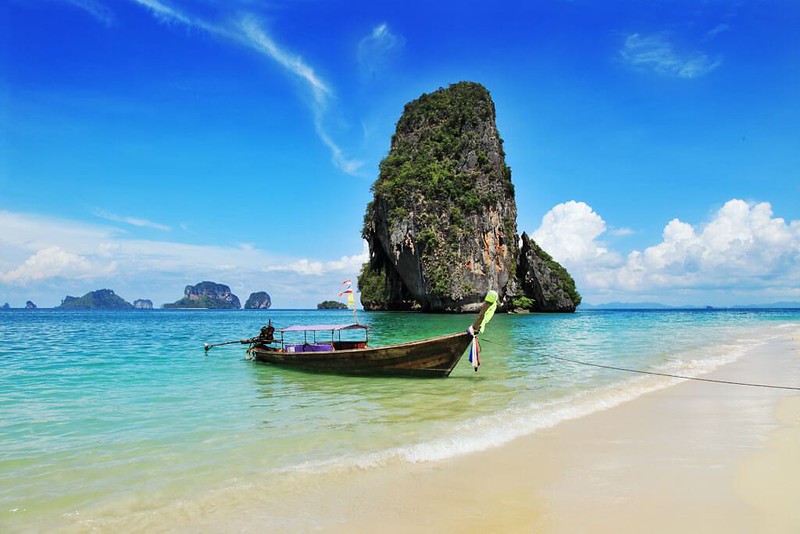
If you’re looking for a vacation spot where you’ll definitely not be welcomed, North Sentinel Island is your winner. This isolated island in the Andaman Sea is home to the Sentinelese people, who have fiercely rejected outside contact for thousands of years. So fiercely, in fact, that they’re known to shoot arrows at approaching boats. The Indian government has made it illegal to go within three nautical miles of the island, partly to protect the Sentinelese, and partly to protect you. Scientists believe they are one of the last uncontacted peoples on Earth, preserving an ancient way of life. Basically, you’ll never get a souvenir T-shirt from here, and honestly, that’s for the best. Source: Forbes
2. Socotra Island, Yemen
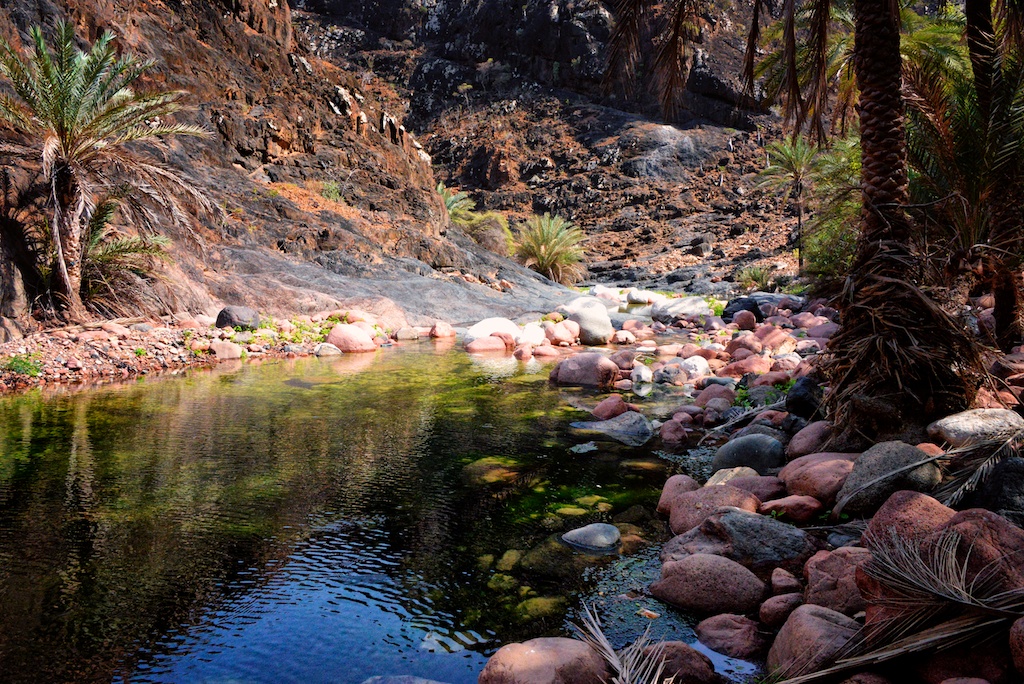
Imagine landing somewhere that looks less like Earth and more like a Dr. Seuss fever dream, welcome to Socotra. Located in the Arabian Sea, Socotra is famous for its bizarre, alien like plants, including the Dragon’s Blood Tree that looks straight-up prehistoric. Over a third of the plant life here exists nowhere else on the planet. Despite its strange beauty, tourism is extremely limited due to political instability and remote access. Scientists call it the “most alien-looking place on Earth,” but your GPS might just call it “good luck finding a ride back.” Getting there is a true adventure, and getting out isn’t always guaranteed to be simple. Source:Britannica
3. Pitcairn Island, Pacific Ocean

If you’ve read Mutiny on the Bounty, you’ve already heard whispers of Pitcairn, but finding it on a map is another matter. This tiny volcanic island is one of the most remote human settlements on Earth, home to descendants of the HMS Bounty mutineers. With fewer than 50 residents, it’s like a small town where everyone knows everyone, and their great-great grandparents. There’s no airport, and the only way to visit is by taking a boat that leaves from New Zealand, assuming you’re up for a 32-hour sea voyage. Pitcairn might just be the perfect spot if you’re looking to disappear or, you know, start a very intense group chat. Source: IFL Science
4. Tristan da Cunha, South Atlantic Ocean

Known as the most remote inhabited island in the world, Tristan da Cunha is a volcanic speck 1,500 miles from the nearest continent. About 250 hardy souls live there, and visiting isn’t as simple as booking a flight, you’ll need a boat trip that takes around a week. There’s one main settlement charmingly called “Edinburgh of the Seven Seas,” and life there is all about fishing, farming, and avoiding the volcano. Outsiders are rarely allowed to move there permanently, so don’t bother packing up your life just yet. If you crave extreme isolation with a friendly vibe and a killer seafood dinner, this island might top your dream list. Source: National Geographic
5. Palmerston Island, Cook Islands

Palmerston is the kind of place where everyone shares the same last name and no, that’s not an exaggeration. All of the roughly 60 residents are descendants of one British man and his three Polynesian wives. Getting there requires a ship that visits only a few times a year, and good weather, because they don’t exactly have an international airport. Visitors are treated like family, but accommodations are incredibly basic, so don’t expect a Hilton Garden Inn. It’s a slice of paradise stuck in time, and if you don’t plan your visit right, you might be stuck waiting weeks for the next boat out. Still, it’s probably the only place where you can legitimately claim you’re related to the mayor. Source: BBC
6. Floreana Island, Galápagos

While most travelers to the Galápagos head straight for the giant tortoises and blue-footed boobies, Floreana remains delightfully off the radar. Once a hotbed of scandal, mystery, and a few unsolved murders (yes, really), Floreana’s small population keeps the drama to a minimum these days. With barely any tourist infrastructure, you’ll find deserted beaches, rugged highlands, and the world’s most low-key post office, where mail is delivered based on the honor system. Getting there takes extra effort, and staying there means going full unplugged mode. But if you’re into remote beaches and true crime history, Floreana’s the hidden gem you never knew you needed.
7. Hashima Island, Japan
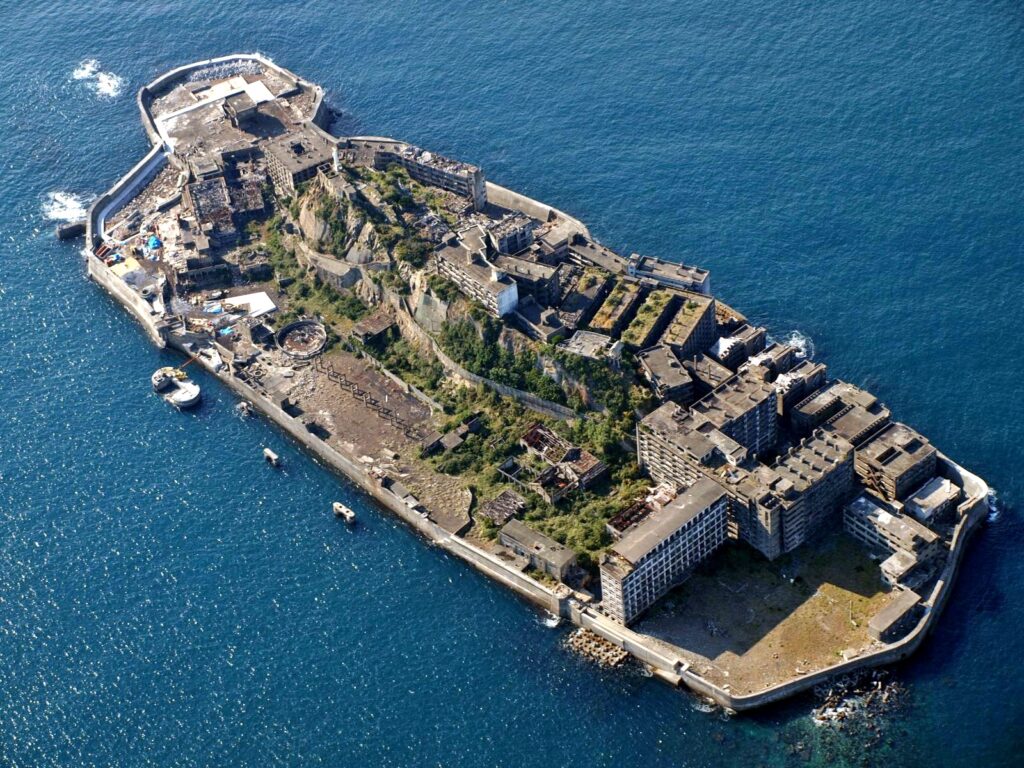
Nicknamed “Battleship Island,” Hashima looks like the set of a post-apocalyptic action movie and was, in fact, featured in Skyfall, the James Bond film. Once a thriving coal mining facility, it was abandoned in the 1970s and has remained a crumbling ghost town ever since. Visitors can tour small parts of the island, but most of it is dangerously unstable and off-limits. Getting there requires a boat from Nagasaki, and tours can be canceled last minute if the weather acts up. Wandering around the eerily empty concrete ruins feels like stepping onto another planet. It’s equal parts creepy and fascinating, depending on how brave you’re feeling that day.
8. Tuvalu, Pacific Ocean
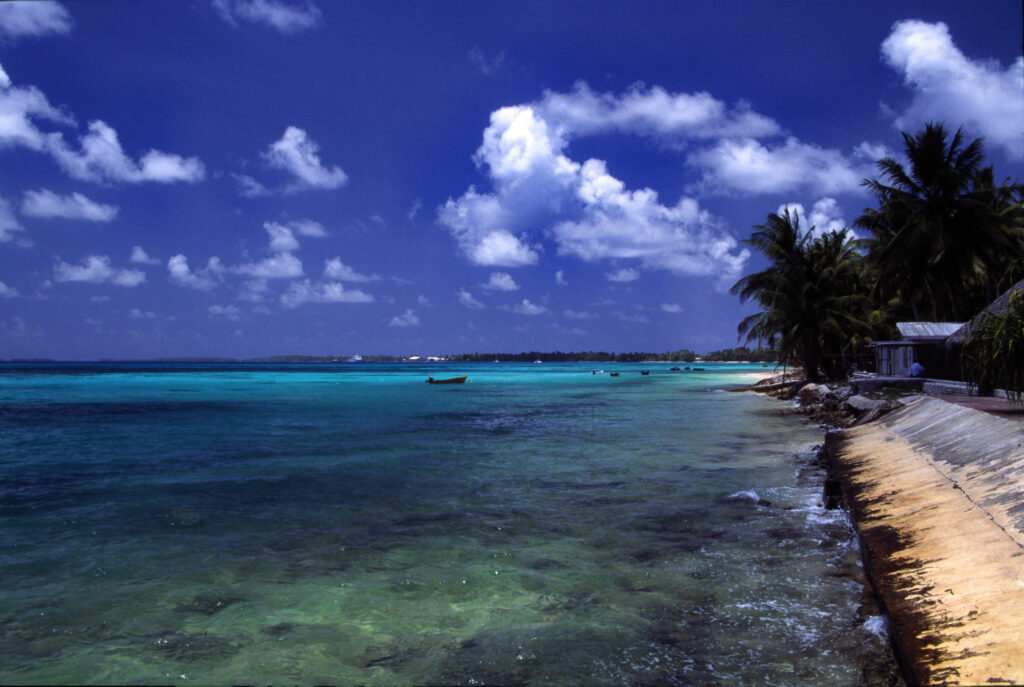
Tuvalu might not just be hard to find in the future it might not even exist. This tiny Polynesian nation, made up of nine islands, is one of the lowest lying countries on Earth and is literally sinking due to rising sea levels. Flights in are few and far between, and when you land, you’ll notice the main runway doubles as a children’s playground and soccer field. Despite its precarious future, Tuvalu is full of charm, culture, and the kind of peace you won’t find anywhere else. If you ever wanted to visit a country where you could walk the runway in flip-flops, Tuvalu is calling your name. Just get there before it becomes the world’s first underwater tourist attraction.
9. Vozrozhdeniya Island, Aral Sea
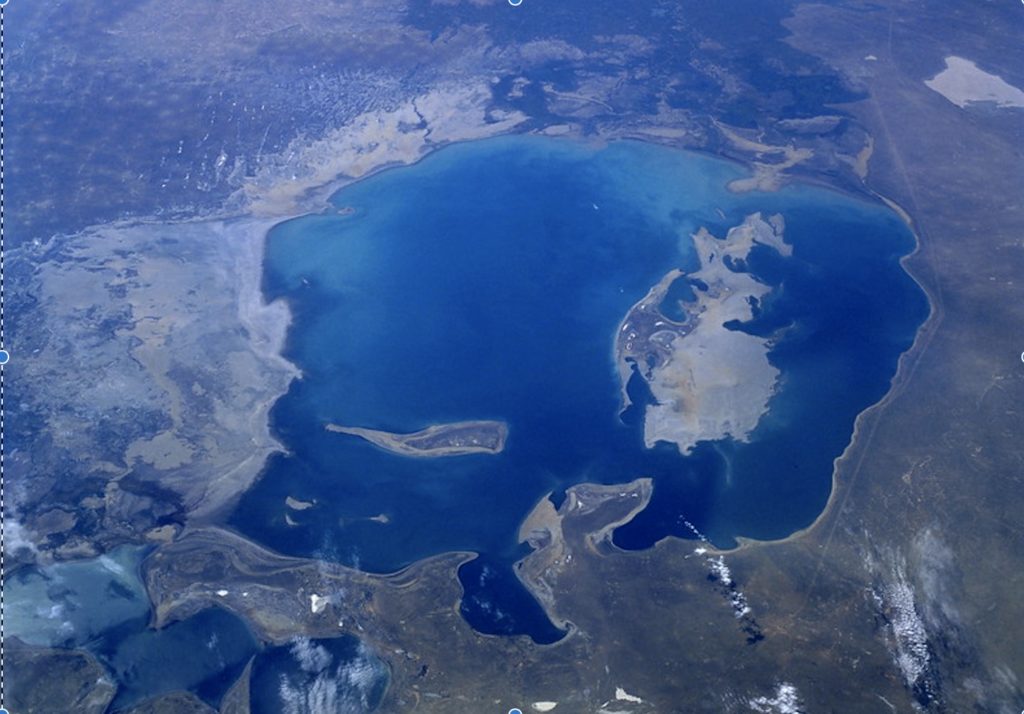
Here’s a cheerful one: Vozrozhdeniya Island used to be a top secret Soviet bioweapons testing site. After the Aral Sea dried up (thanks, climate change), it turned into a toxic wasteland rather than a true island. Though technically accessible, it’s extremely dangerous, riddled with old biological agents and abandoned military facilities. Unless “possible exposure to anthrax” sounds like your idea of a fun holiday, maybe skip this one. It’s eerie, apocalyptic, and fascinating, but definitely one for the “Google Earth only” bucket list. Sometimes, islands are better admired from a very, very safe distance.


